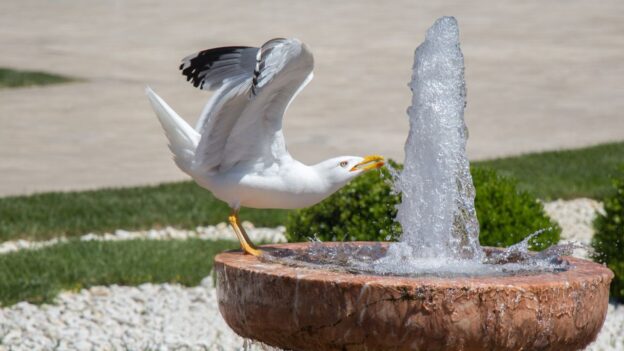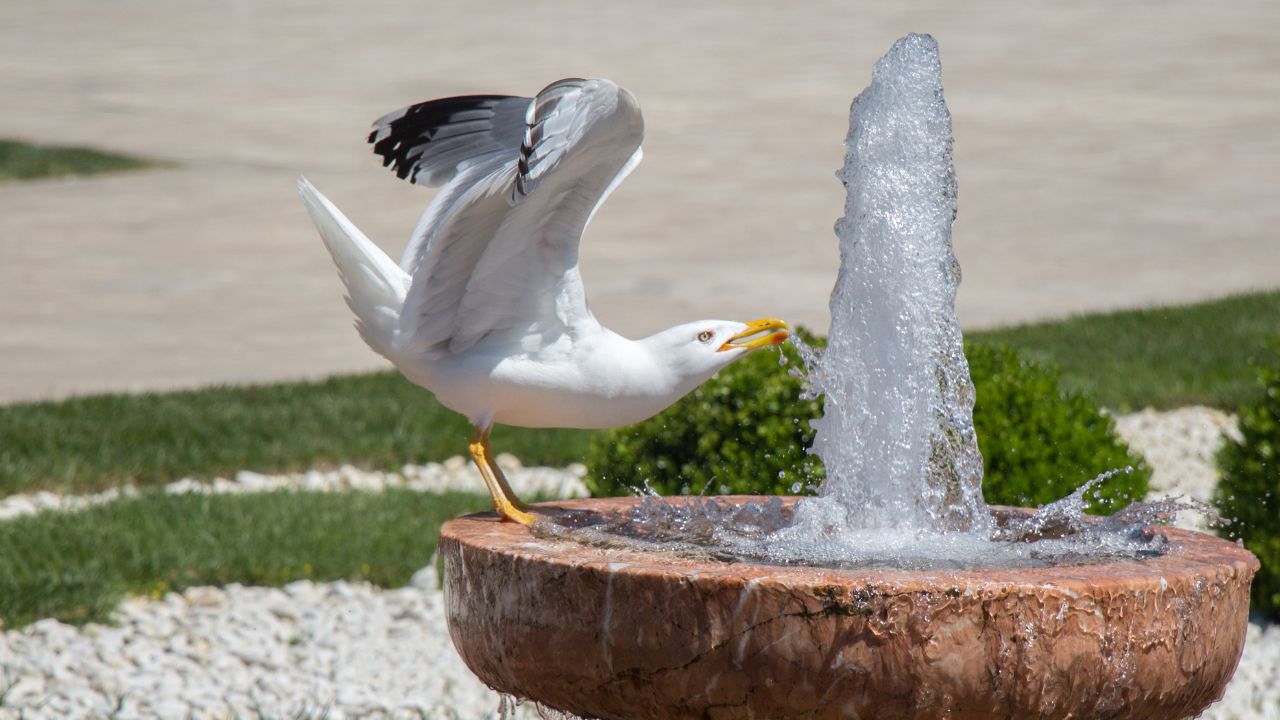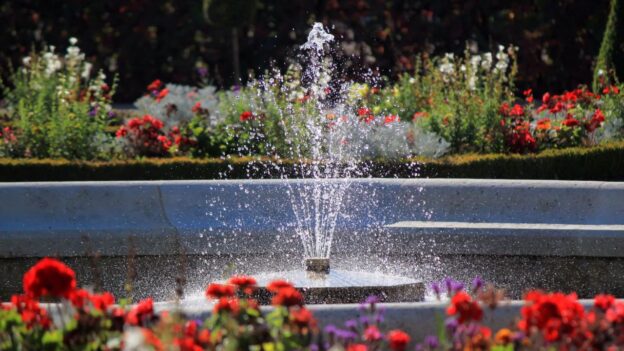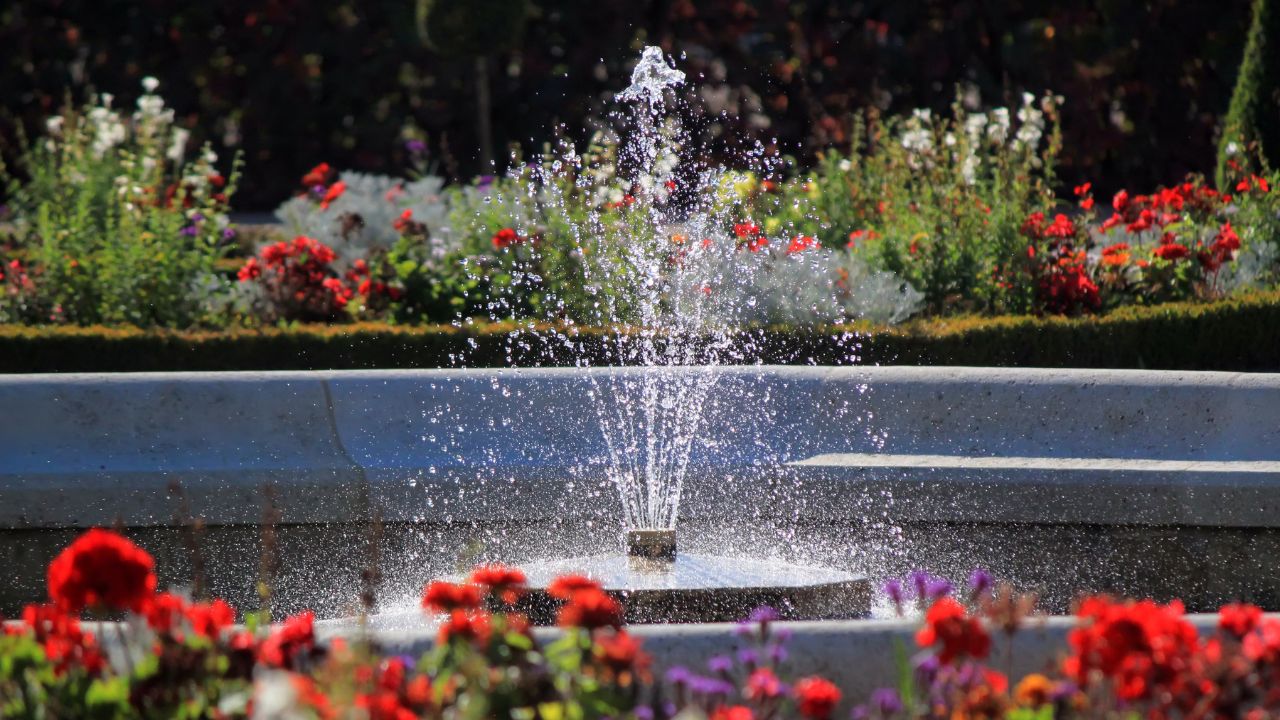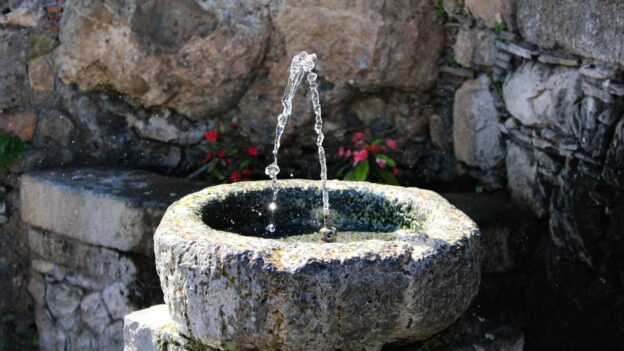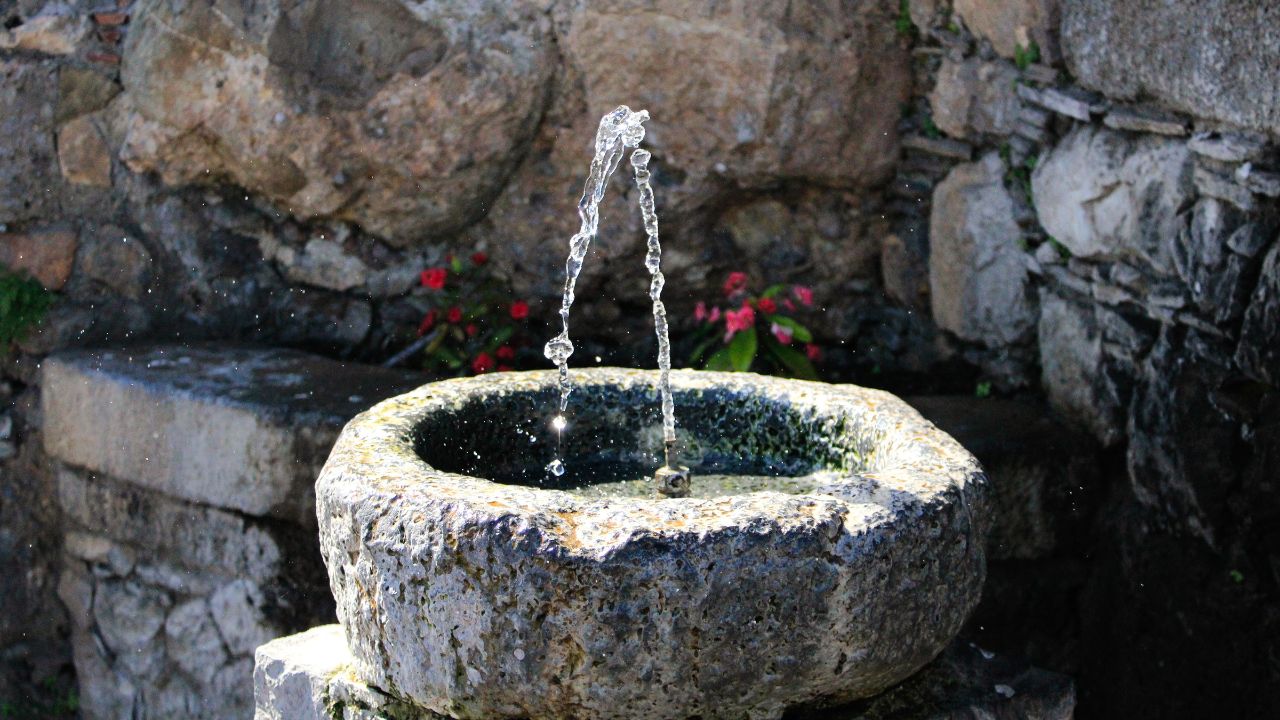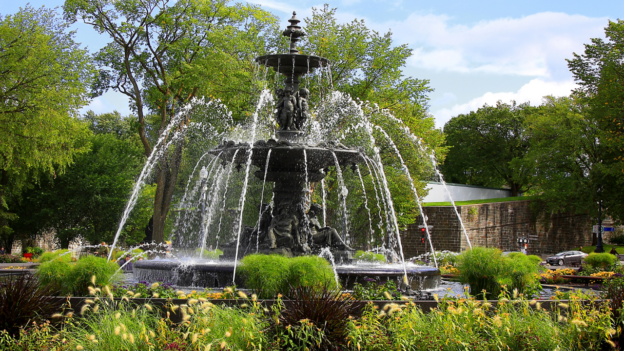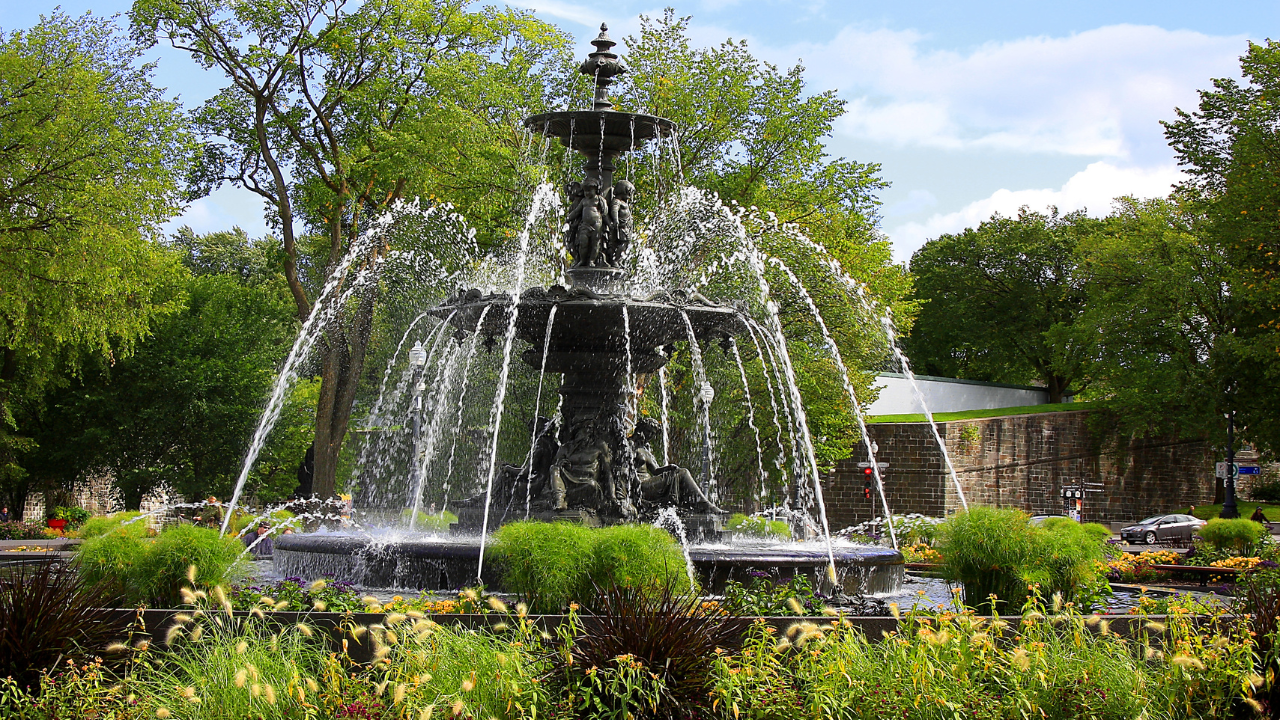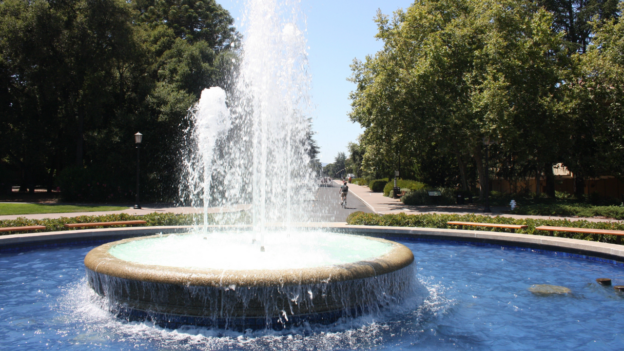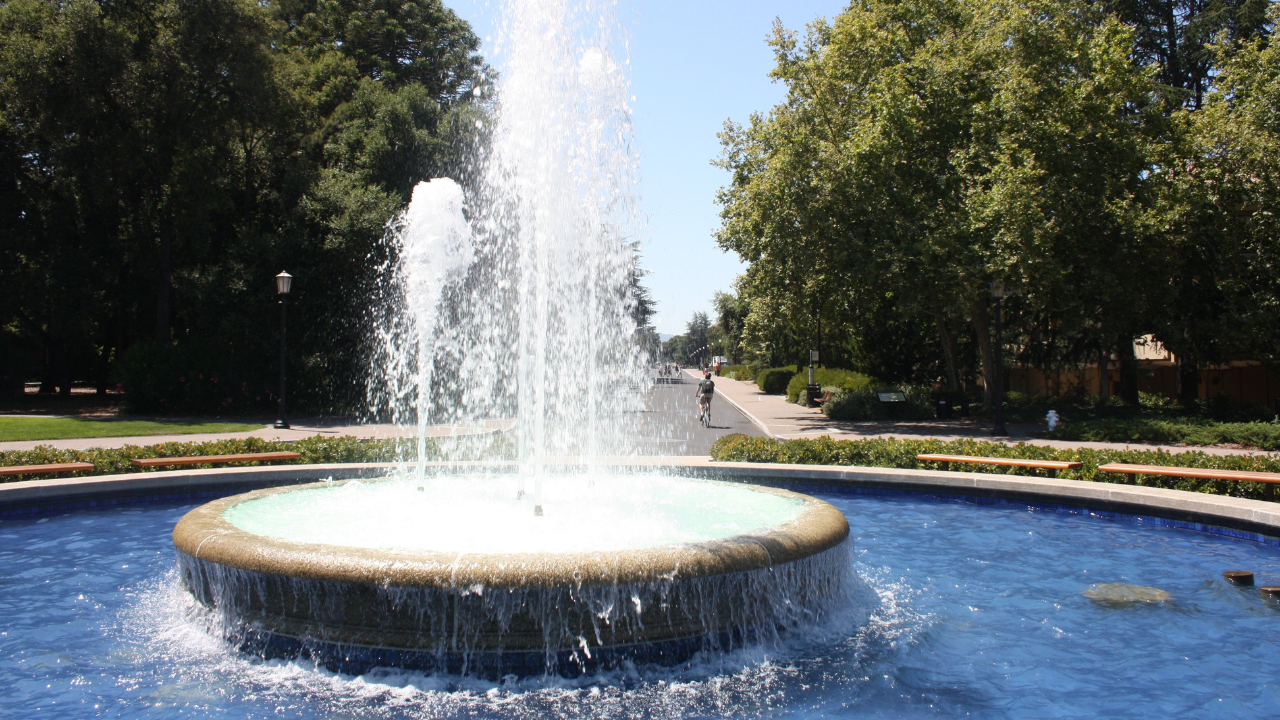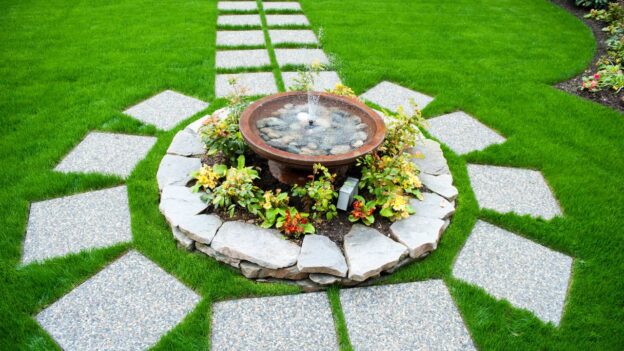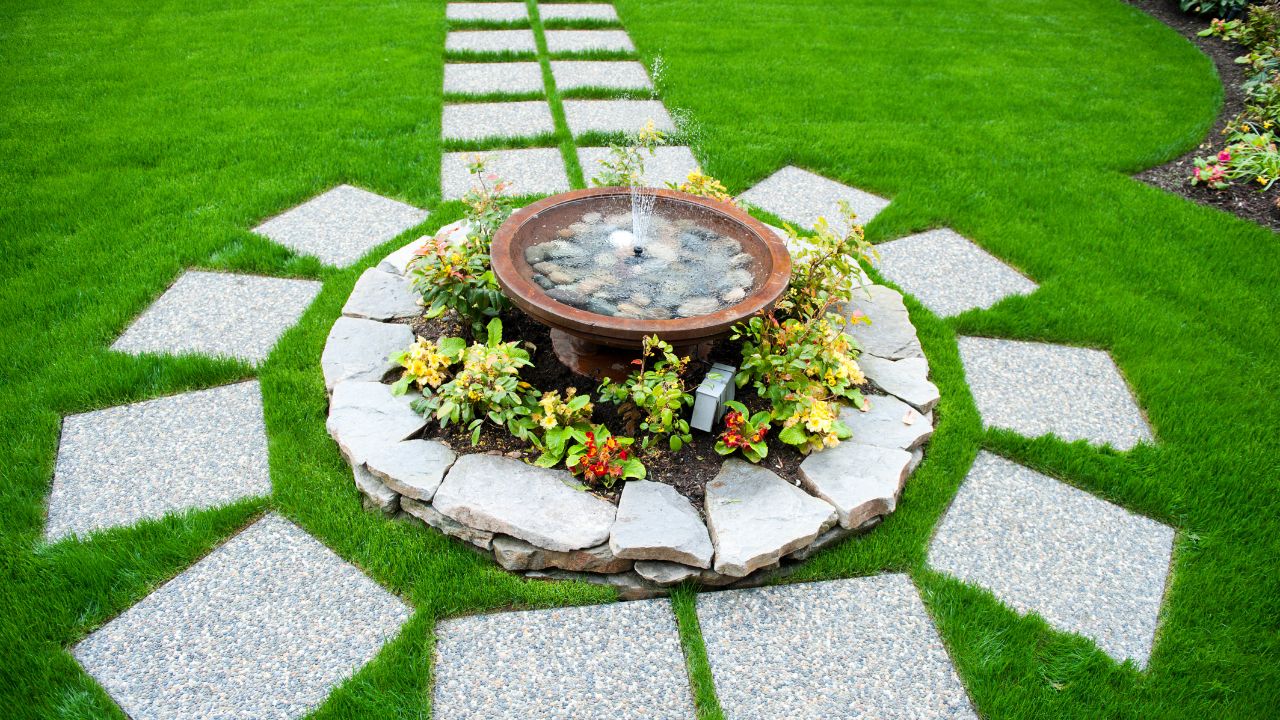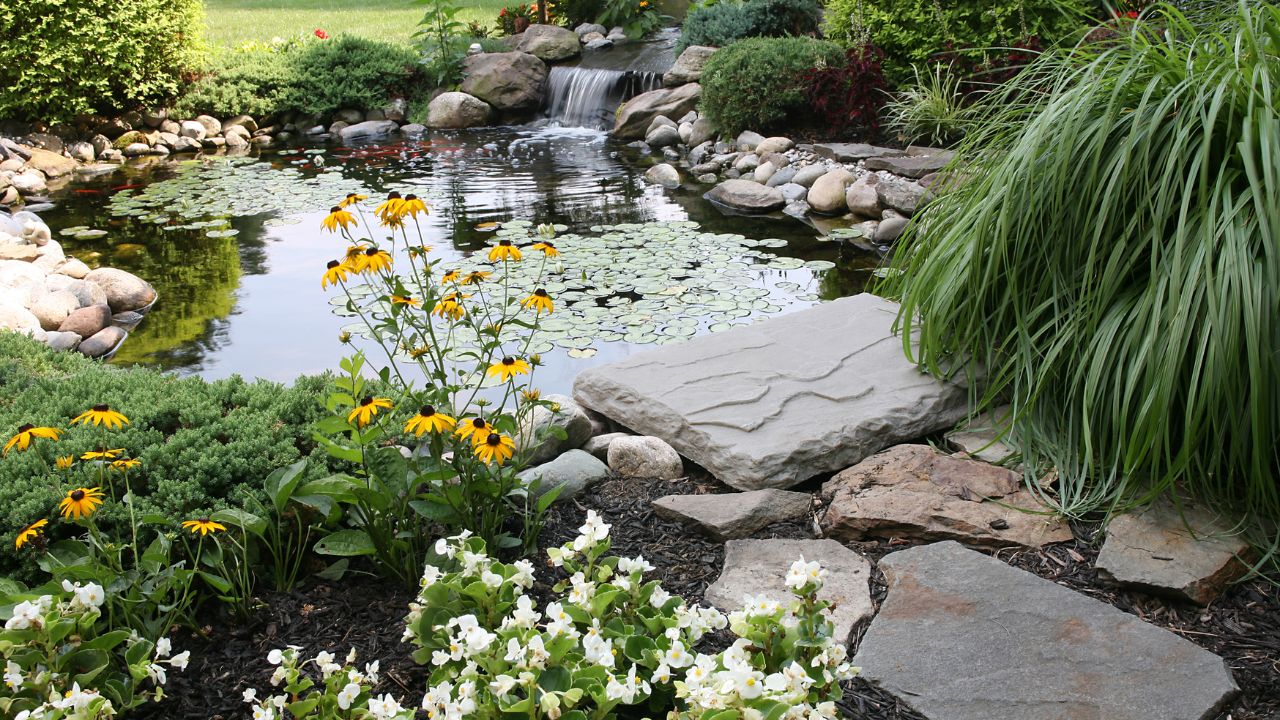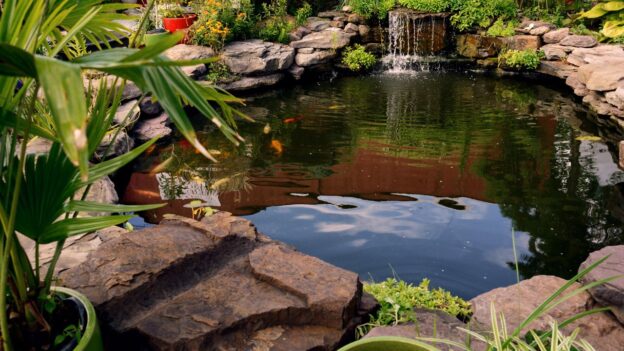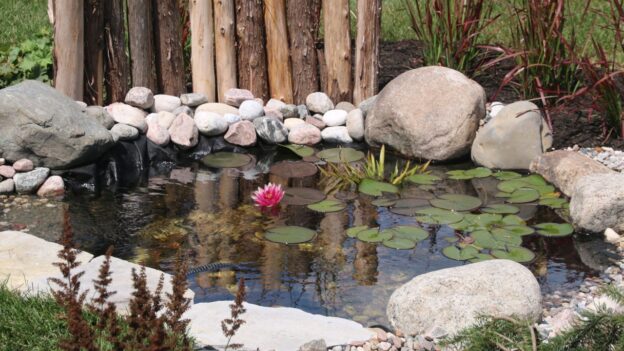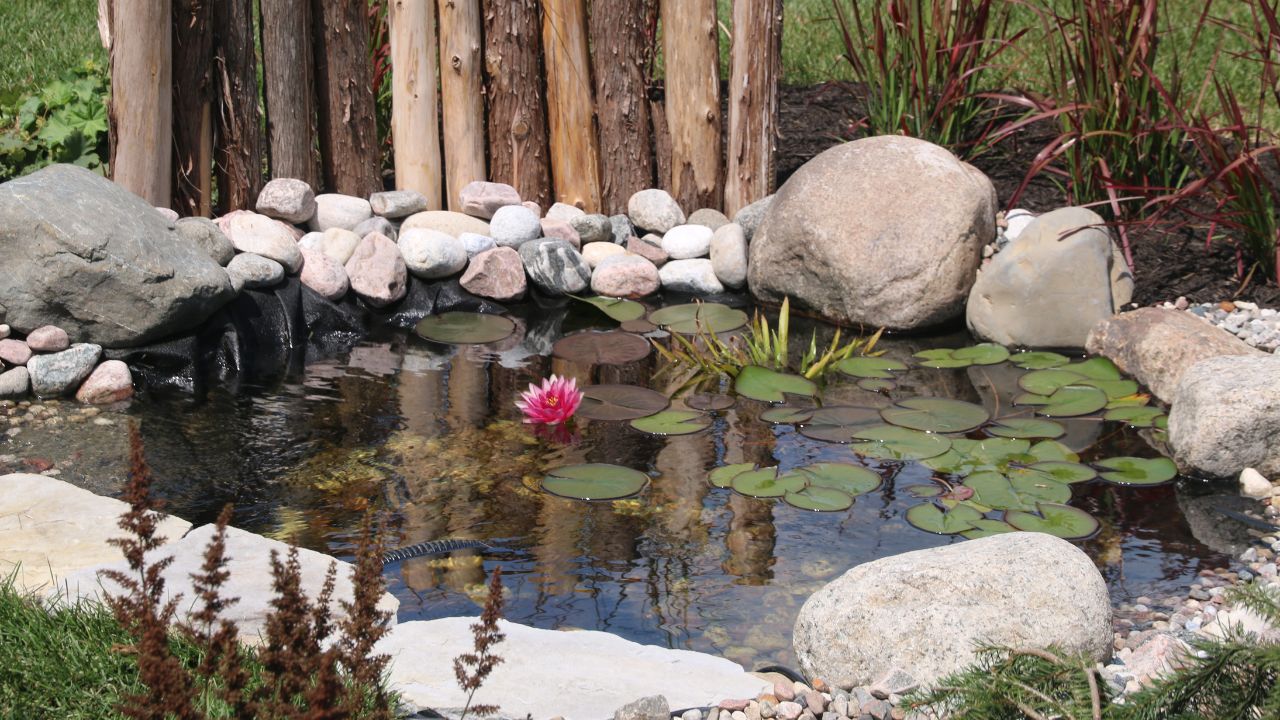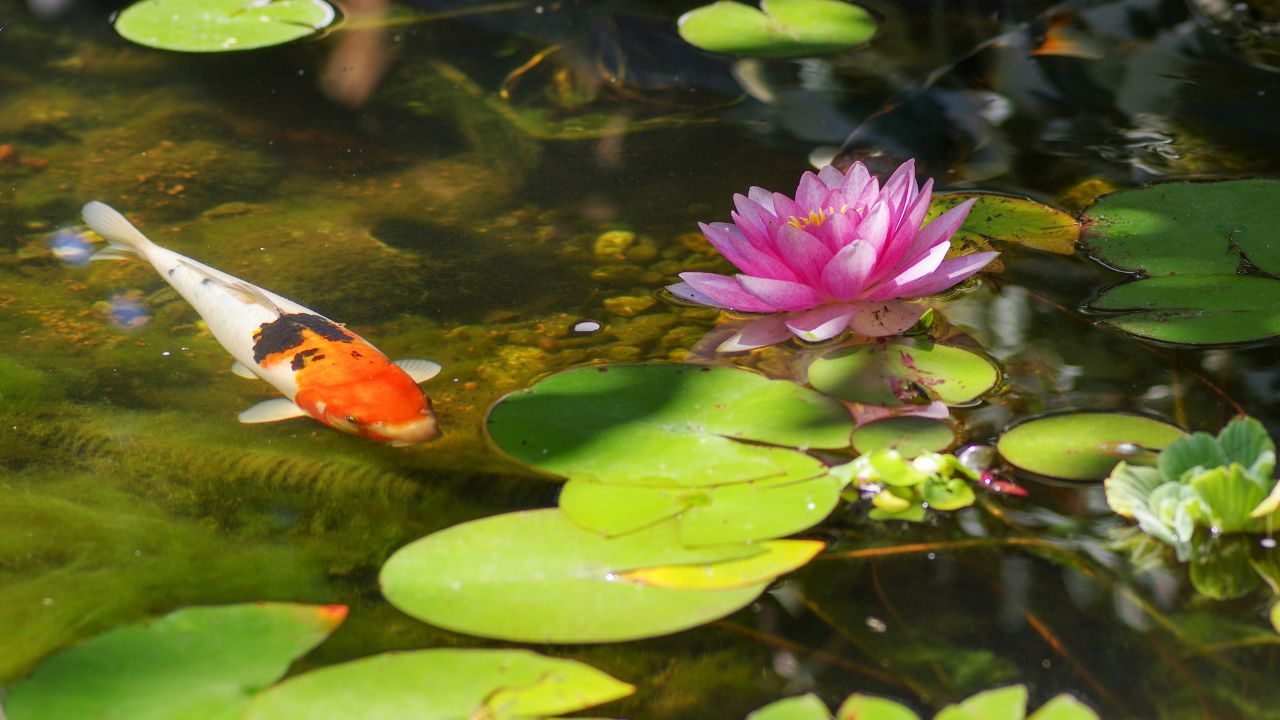Key Takeaways:
- Choose a shaded, level spot – Prevents algae and keeps your fountain stable
- Small fountains = easiest install – Great for first-timers in Orange County
- Keep pumps underwater – Check water levels weekly in our climate
- Add plants to fight algae – Water lilies work great and look nice
- We handle tough jobs – From installs to pond and fountain repair in Orange County
So you’ve decided to add a fountain to your outdoor space. Great choice! Nothing beats the sound of trickling water to make your yard feel like a peaceful retreat. Whether you’re looking at a small garden fountain or something bigger, we’re here to help you get it right the first time.
The good news? Fountain installation isn’t as hard as you might think. With some basic planning and the right approach, you’ll have water flowing in no time. Let’s break it down into simple steps anyone can follow.
Pick the Perfect Spot
First things first – where should your fountain go? You’ll want to choose a spot that’s:
- Level (no one wants a lopsided fountain)
- Near a power source (unless you’re going solar)
- Where you can enjoy it (near your patio or favorite sitting area)
In Orange County’s climate, you’ll also want some shade to help slow down algae growth. Too much sun can turn your beautiful water feature into a green mess.
Choose Your Fountain Type
There are lots of types of fountains to pick from:
- Tiered fountains – Classic and elegant
- Wall fountains – Great for small spaces
- Pond fountains – Perfect if you want fish or aquatic plants
Your choice will depend on your space and what you like. For small yards, garden water fountains are often the easiest to install. Bigger spaces can handle larger outdoor water fountains or even koi ponds.
Get the Right Equipment
Here’s what you’ll typically need:
- The fountain itself (obviously)
- A pump (submersible pumps work for most home fountains)
- Tubing to move the water
- Maybe some decorative rocks or aquatic plants
If you’re in Orange County and need pond fountain parts and supplies, we’ve got you covered. From pumps to filters, we have what you need to keep your water feature running right.
Prep the Area
Now it’s time to get your spot ready:
- Clear away any rocks or debris
- Make sure the ground is level (use sand if needed)
- If you’re using electricity, plan where the cord will go
Pro tip: Put your fountain where you can see it from the inside too. That way, you can enjoy it year-round.
Set Up the Base
Most fountains need a solid base. This could be:
- A concrete pad for bigger fountains
- Packed sand forthe smaller ones
- A pre-made fountain basin
Getting this right prevents shifting and keeps your fountain looking good for years.
Install the Pump
This is where many people get nervous, but it’s simpler than you think:
- Place the pump in the basin
- Connect the tubing
- Make sure it’s submerged (pumps need to stay underwater)
If you’re using a water wall or tiered fountain, you might need to adjust the flow. Most pumps let you control how much water moves through.
Fill It Up and Test
Time for the fun part – adding water! Use clean water and:
- Fill to the recommended level (usually marked inside)
- Turn it on and check for leaks
- Adjust the flow until it looks and sounds right
Keep an eye on the water level at first. New fountains can have small leaks that are easy to fix if caught early.
Add Finishing Touches
Now make it yours:
- Add water lilies or other aquatic plants
- Place decorative stones around the base
- Maybe even add some lighting for nighttime
These little details turn a simple fountain into a real showpiece for your outdoor living space.
Keep It Running Smoothly
Once your fountain’s installed, regular maintenance keeps it looking great:
- Check the water level weekly (especially in Southern California’s heat)
- Clean the pump every few months
- Use algae control products if needed
This is where many people drop the ball. A little care goes a long way in preventing murky water and pump problems.
When to Call the Pros
Some jobs are better left to experts:
- Big commercial water features
- Fountains with complex plumbing
- If you’re not comfortable with electrical work
That’s where we come in. Our team handles everything from simple garden fountains to elaborate commercial installations across Orange County.
Troubleshooting Common Problems
Even well-installed fountains can have issues:
- Low water flow – Check for clogs in the pump
- Green water – Try better algae control
- Noisy pump – It might need cleaning or replacing
Most problems are easy to fix if you catch them early. That’s why having a good maintenance schedule matters.
Why Fountains Are Worth It
Beyond looking great, outdoor fountains:
- Create a relaxing atmosphere
- Help mask street noise
- Can increase your property’s value
In our Orange County climate, they’re especially nice for cooling down your outdoor space on warm days.
Need Help With Your Water Feature?
Whether you’re installing a new fountain or need pond and fountain repair in Orange County, we’re here to help. Our experts can handle everything from simple maintenance to complete water feature installations.
We carry all the pond fountain parts and supplies Orange County homeowners need to keep their water features in top shape. From pumps to filters to aquatic plants, if it’s fountain-related, we’ve got it.
Ready to bring the sound of water to your yard? Check out our selection of garden fountains in Orange County or give us a call for expert advice. Let’s make your outdoor space even better!
